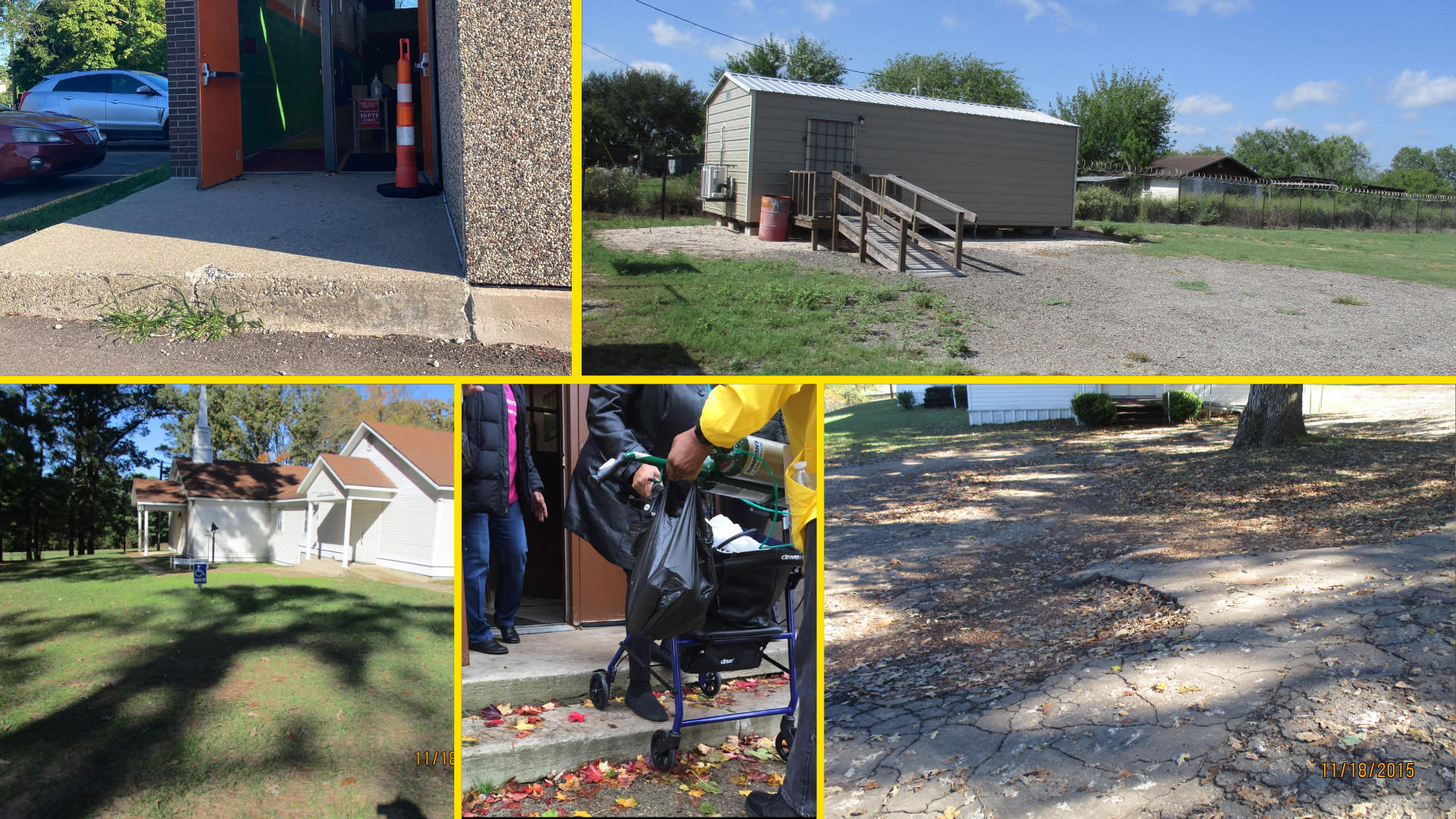
News
Barriers to the Ballot
Play audio version
Election Accessibility is on Shaky Ground in the US
July 11, 2024
This is the third report in our series on voter accessibility in 2024, a year when a record number of voters will head to the polls, with at least 64 countries, representing about half the global population, holding national elections.
STATES ACROSS THE US – Emily Voorde comes from a long line of public servants, so voting is a right that she holds sacred. In May 2011, Voorde, who was born with a physical disability and uses a wheelchair, set out to cast her ballot for Pete Buttigieg in the Democratic primary for South Bend, Indiana’s mayor. Voorde’s polling location was in a church that she had previously accessed using a ramp. When she arrived to cast her vote, however, the door to the accessible entrance was locked, and none of the poll workers could find the key. Forced to climb a half-flight of stairs, Voorde got out of her wheelchair and “scooted” up the stairs, while someone else carried her chair. “Even in that moment, I remember thinking that not everybody is able to do this. It’s a great privilege being able to say, ‘I’m just going to scoot up these stairs and give them my chair and not make a fuss about it,’” says Voorde, who later went on to work with Buttigieg on his presidential campaign.
Voorde’s experience is not uncommon. Barriers at the polls still hinder — and often prevent — people with disabilities from voting. According to a report published in April by the U.S. Election Assistance Commission and Rutgers University, 14 percent of voters with disabilities reported difficulties while casting their ballots in 2022. The U.S. Election Assistance Commission has also estimated that if people with disabilities voted at the same rate as those without disabilities, there would be about 1.75 million more votes cast. Despite the progress that has been made, the U.S. still has a long way to go until elections are fully accessible.
Voting Rights Through the Decades
In the U.S., people with disabilities have been advocating for voting rights for decades. Organizing sit-ins, campaigns, and demonstrations, the community successfully fought for several pieces of key legislation. The Voting Rights Act of 1965, for instance, ensures that people with disabilities can receive help from a person of their choosing when casting their ballots. Meanwhile, the Voting Accessibility for the Elderly and Handicapped Act of 1984 (VAEHA) requires election officials to either make polling places accessible for federal elections or provide alternative methods of voting that are accessible, such as absentee ballots or curbside voting.
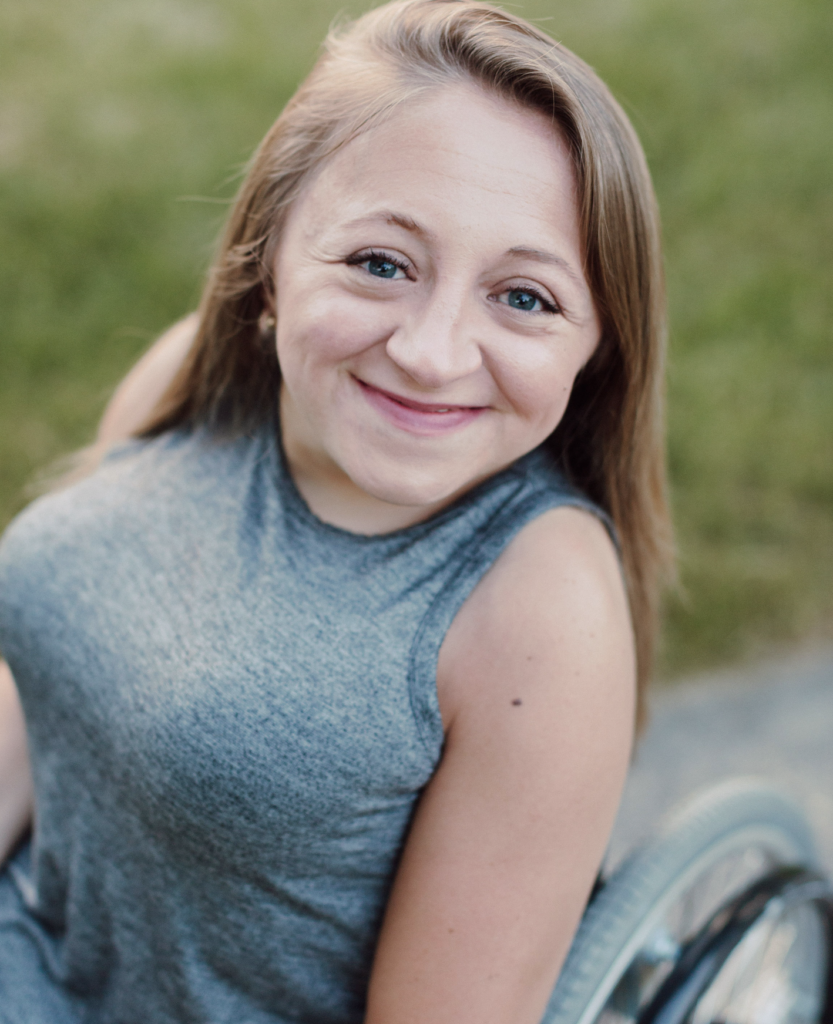
In 1990, after nationwide protests, the Americans with Disabilities Act (ADA) was signed into law. This landmark piece of legislation expands upon the VAEHA and requires elections at the federal, state, and local levels to be accessible. But the ADA isn’t a “magic wand” that can eliminate accessibility issues, says Sarah Blahovec, a disability civic engagement expert and member of the disability community.
“The ADA is one of those things where it’s simultaneously fundamental, but not enough,” Blahovec says. “It’s really important because it gives us the basis for fighting for accessibility, but it’s really a challenge because it’s mandating a baseline of accessibility that there often isn’t funding for.”
Voter Turnout
As a result of these shortcomings, there’s still a large gap between voters with and without disabilities. According to the report published in April by the U.S. Election Assistance Commission and Rutgers University, voter turnout among those with disabilities was 16.8 percent lower than those without disabilities in 2000. The Help America Vote Act of 2002, which requires polling places to have at least one accessible voting machine, has helped to close that gap, but the report found that voter turnout among those with disabilities was still 11.3 percent lower than those without disabilities in 2020.
This lower turnout doesn’t mean that people with disabilities don’t want to vote, says Claire Stanley, the director of advocacy and governmental affairs for the American Council of the Blind. “We want to vote. Look at what’s going on in our country right now,” says Stanley, who is blind. “Of course, we want to vote, but if you can’t, you can’t.”
New Legislation Moves in the Wrong Direction
Following the 2020 presidential election, states mainly in the South have attempted to file restrictive voting laws under the guise of voter fraud prevention. In turn, these new laws have also made it more difficult for people with disabilities to cast their ballots. “Voting access measures that helped to increase our participation in 2016 and 2020, and 2022 especially, have been rolled back. There seems to be an appetite for that,” says Andrew Pulrang, co-founder of #CripTheVote — a disability-led online movement created in 2016 to spark conversations about disabilities among voters and politicians.
The biggest concern for Pulrang? Voter ID laws, he says. If a person isn’t able to drive and, therefore, doesn’t have a driver’s license, IDs can be difficult to obtain.
States like Texas have enacted strict voter ID laws for people requesting absentee ballots. Signed into law in 2021, Texas Senate Bill 1 requires voters to apply with the identification number — driver’s license number, Texas ID card number, Texas election ID card number, or last four digits of their Social Security number — that they had originally used when they first registered to vote. For some people with disabilities, such as those with memory loss, and older adults who first registered to vote decades ago, it may be difficult to remember which form of ID they initially used. “Some people are 70 years old. Who is going to remember what their [voter registration] ID number was from when they were 18?” asks Molly Broadway, a training and technical support specialist for Disability Rights Texas.
To reduce errors, Disability Rights Texas and a number of other advocacy groups helped convince the state to allow voters to include both their Social Security number and the number from another form of ID on their absentee ballot application. This change increases the likelihood that one of the numbers on the voter’s absentee ballot application will match the ID number on their original voter registration form.
For Pulrang, the voter ID laws are just another barrier to add to the long list of other challenges. “When you make voting more complicated and more of a hassle, it’s going to adversely affect especially people with disabilities. It’s just another thing you dump on top of the whole process that makes it harder,” he says.
In addition to voter ID laws, some states have passed laws tightening restrictions on voter assistance. “Recently, there’s been an alarming trend across a number of states in the South that basically criminalizes receiving assistance with voting,” says Dom Kelly, founder of New Disabled South, an organization dedicated to fighting for disability rights in the South.

Alabama Senate Bill 1, for example, makes it a misdemeanor to “submit” another person’s ballot, which could result in a one-year prison sentence or $6,000 fine. While the bill states that “any voter who requires assistance to vote by reason of blindness, disability, or inability to read or write may be given assistance,” it does not clearly define the word “vote.” Consequently, it’s unclear whether voters with disabilities can legally receive help submitting an absentee ballot. “There are a lot of attempts to suppress the vote that impact disabled people,” Kelly says.
Even if a voter doesn’t require assistance, there are still challenges to accessing mail-in and absentee ballots thanks to recently passed legislation. In Florida, for instance, voters must reapply for an absentee ballot after each election cycle. In Texas, voters must provide a reason why they want to vote by mail unless they are 65 years or older. These barriers are unnecessary, Emily Voorde says: “If you, for whatever reason or for no reason at all, want to vote by mail, you should be able to do that without an excuse and without too much onerous bureaucracy.”
Further deterring people from voting absentee, some states have reduced — or eliminated — drop boxes. In 2022, Wisconsin banned drop boxes, citing concern over voter fraud. (The ban, however, may soon be overturned by the Wisconsin Supreme Court.) In Georgia, Senate Bill 202, which was signed into law in 2021, drastically reduced the number of drop boxes available and required them to be located inside early voting locations, where the boxes can only be accessed during certain hours.
Kelly, who resides in Georgia, says that some voters now have to travel over an hour to reach the nearest drop box. “How do you do that in a 9 to 5? You have to take time off work. And if you don’t have access to transportation or need assistance to be able to go somewhere, how do you return a ballot in enough time?” he asks.
According to the Election Assistance Commission and Rutgers University, 17.7 million people with disabilities — a record turnout — voted in the November 2020 elections in part due to drop boxes, no-excuse absentee voting, early voting, and extended registration periods. But with these strict new laws in place, it’s difficult to predict how many people with disabilities will vote in the 2024 presidential election.
Access Issues within Polling Places
States where legislators have passed these harmful new laws aren’t the only places to contribute to voter suppression. Barriers to the ballot exist in states across the U.S. “It is by no means exclusively the South in which voter suppression is occurring,” Voorde says. “Voter suppression occurs throughout the country, in every nook and cranny, regardless of whether it’s a blue or a red state.”
People with disabilities, who make up nearly one in four adults in the U.S., may face barriers before they even enter the polling place. Lines to get into the polls, for example, sometimes snake through parking lots, blocking the accessible parking spots. In rural areas, parking lots may be situated on uneven terrain (think grass or gravel), making it difficult for people with mobility disabilities to navigate.
A lack of clear signage directing voters to accessible entrances can also pose issues. Emily Ladau, a disability rights activist who uses a wheelchair, experienced this barrier in 2016 when she was assigned to vote at a local elementary school in her town. The issue? Ladau did not attend that school as a child because the building did not have an accessible entrance. So when Ladau arrived at the polling place and couldn’t find any signage directing her to an accessible entrance, she had to wait until her father flagged down a poll worker to provide them with guidance. “How can we exercise our right to vote if we can’t get in the building?” Ladau asks.
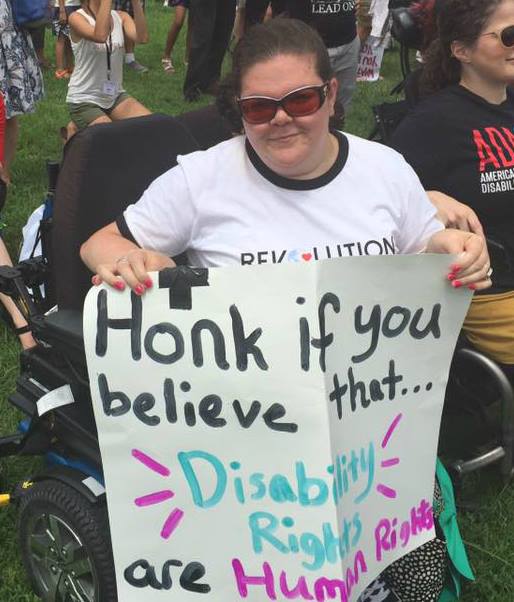
Inside, polling places are hardly ever fully accessible. Barriers can include inaccessible door handles, narrow floor plans, a lack of chairs, steep ramps, and more. According to a survey conducted by Detroit Disability Power and The Carter Center in 2022, only 16 percent of polling places in Metro Detroit were completely accessible. Their findings closely aligned with the Government Accountability Office’s 2017 report, which found that only 17 percent of polling places in the U.S. were fully accessible. Out of the 267 polling locations that Detroit Disability Power and The Carter Center evaluated, 67 polling sites only had to fix one issue to become fully accessible. “They aren’t necessarily drastic fixes,” says Blahovec, who worked on the survey.
In terms of casting votes, people who are blind or have low vision, mobility disabilities, or other disabilities that make voting on paper difficult often use accessible voting machines. While these machines aren’t perfect, they have greatly improved over the last several years. “When I go and vote, I feel pretty confident that, as a blind person, I’ll be able to vote privately and independently,” says Stanley, who likens the controls of an accessible voting machine to the controls of a video game.
The issue with in-person voting that Stanley often faces, however, is a lack of preparedness among poll workers. “Although they probably went through training on how to accommodate me, [they] forgot because I’m one of few,” she says. Molly Broadway, who trains poll workers for Disability Rights Texas, says she often finds the accessible voting machines unplugged and has to remind poll workers to plug them in. “It’s such a simple yet profound act,” she says.
A New Frontier
While some people with disabilities enjoy voting in person, others prefer to vote at home. But as some states make it more difficult to submit absentee ballots, members of the community have expressed interest in making electronic ballot returns (returns made via email, fax, or an online system) more widely available. Stanley, for one, is a proponent. As a person who is blind, she says, voting by mail can be difficult since she has to print her ballot and then deliver it. “If you’re blind, printing something is a little silly. What if my printer is out of ink and I don’t know that and I send off a blank ballot?” she says.
Opponents of electronic ballot returns cite concerns over security as a reason not to make it widely available. But, as Stanley points out, today’s technology is highly advanced. She’s hopeful states will find a way to expand this option to provide people with disabilities with an additional way to vote.
“Of course, we want alternatives,” Stanley says. “We often say in the disability community that there is no one answer. We should have many different [voting] options for people because everybody’s different.”
Moving Forward
In the meantime, various disability rights groups continue to fight for accessible voting. New Disabled South, for example, aims to introduce their Disabled Voter Bill of Rights in Georgia next year to “codify some of those standards for accessible voting that are not being implemented or put into practice at the state level and local level,” Kelly explains.
“[New Disabled South is] doing a lot of incredible work trying to mobilize that vote,” says Voorde, who founded a disability consulting firm named INTO Strategies. “I’m really hoping that we’re able to mobilize the vote and turn out voters in high numbers, particularly in those southern states, and that’s going to necessitate bringing people to the vote in many ways.”
Nationally, the American Association of People with Disabilities’ REV UP Voting Campaign is working to mobilize voters with disabilities and increase election accessibility. Disability Victory, an organization co-founded by Blahovec, trains people with disabilities to run for office and work on political campaigns.
“The work that the disability community is putting in,” Blahovec says, “is what makes me optimistic.”
Michaela Quigley is a journalist and fact-checker. She is currently pursuing a graduate degree in media advocacy at Northeastern University.
News From the Global Frontlines of Disability Justice
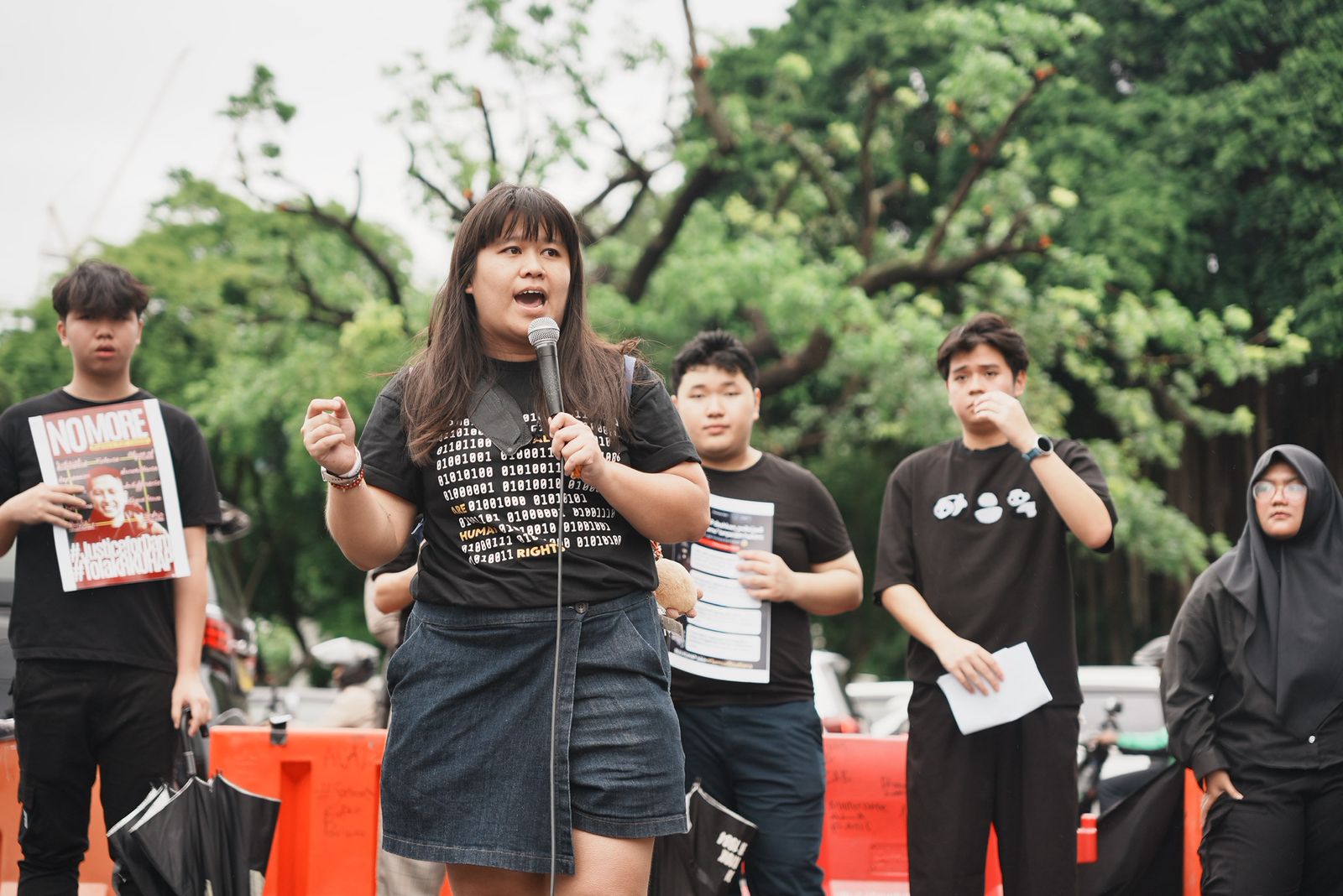
Disability and Due Process
As Indonesia overhauls its criminal code, disability rights advocates say long-standing barriers are being reinforced rather than removed. Nena Hutahaean, a lawyer and activist, warns the new code treats disability through a charitable lens rather than as a matter of rights. “Persons with disabilities aren’t supported to be independent and empowered,” she says. “… They’re considered incapable.”

Disability in a Time of War
Ukraine’s long-standing system of institutionalizing children with disabilities has only worsened under the pressures of war. While some facilities received funding to rebuild, children with the highest support needs were left in overcrowded, understaffed institutions where neglect deepened as the conflict escalated. “The war brought incredibly immediate, visceral dangers for this population,” says DRI’s Eric Rosenthal. “Once the war hit, they were immediately left behind.”

The Language Gap
More than a year after the launch of Rwanda’s Sign Language Dictionary, Deaf communities are still waiting for the government to make it official. Without Cabinet recognition, communication in classrooms, hospitals, and courts remains inconsistent. “In the hospital, we still write down symptoms or point to pictures,” says Jannat Umuhoza. “If doctors used sign language from the dictionary, I would feel safe and understood.”
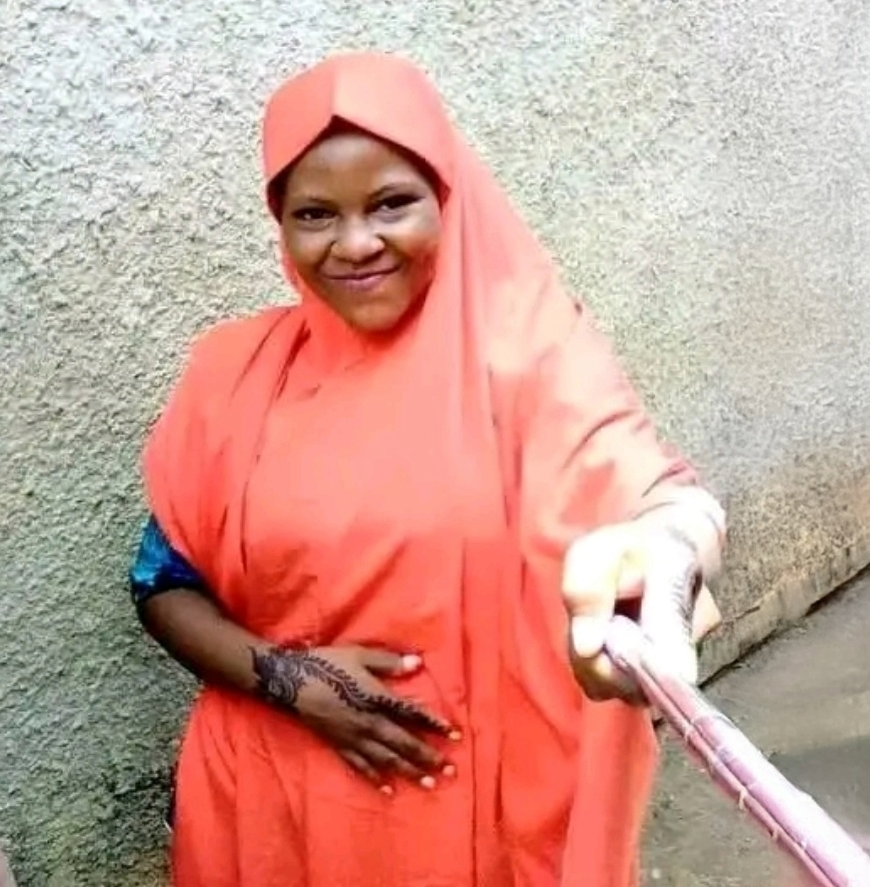
Failure to Inform
Zulaihatu Abdullahi dreamed of finishing school and building a home of her own. But at 19, she died of untreated kidney disease because no one could communicate with her in sign language. Her story reveals how Deaf Nigerian women are often left without lifesaving care. “If only she had access to healthcare where someone could guide her… explain each step, she might still be here,” says Hellen Beyioku-Alase, founder and president of the Deaf Women Aloud Initiative.
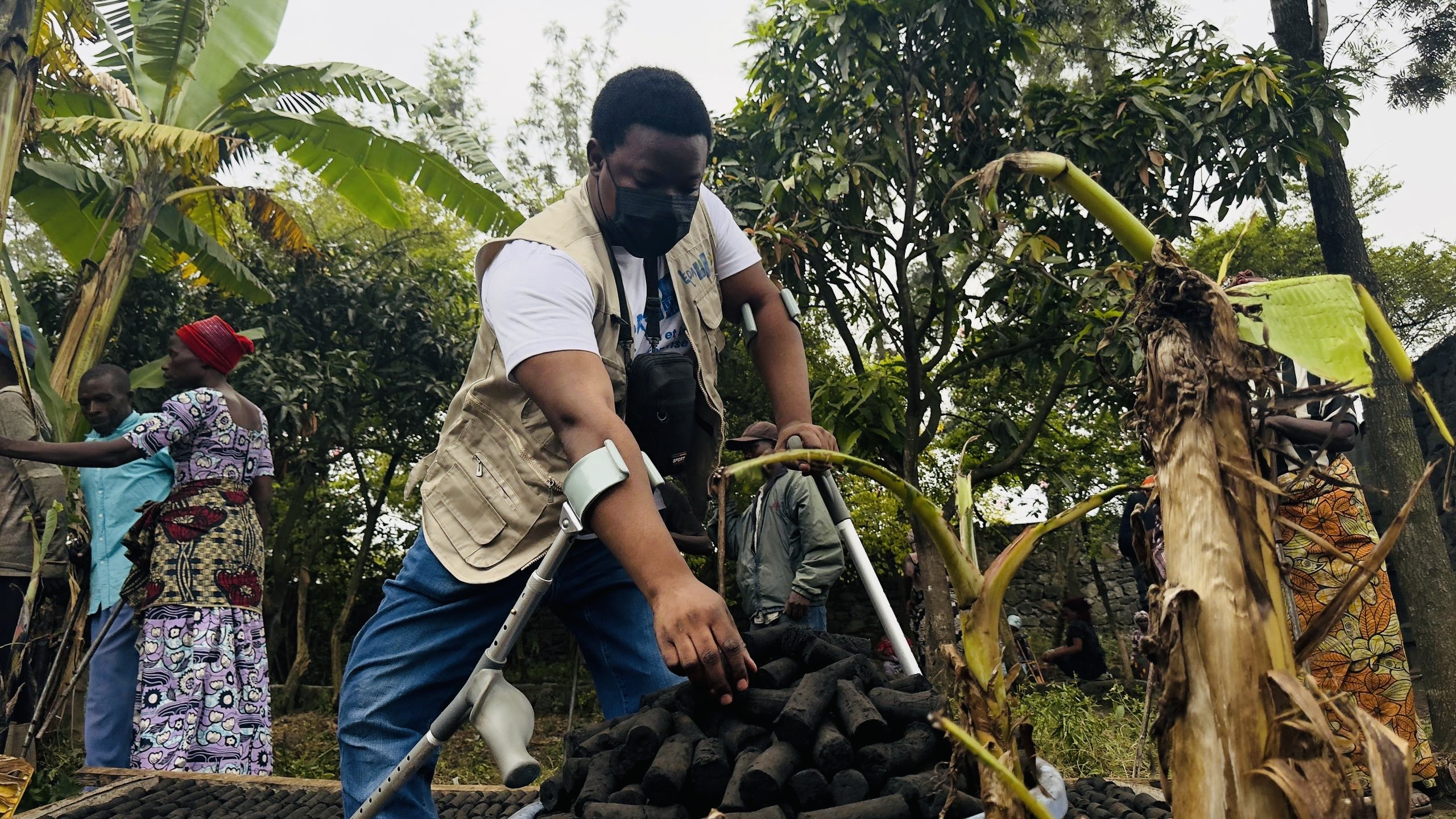
Disability in the Crossfire
In Goma, Democratic Republic of Congo, ongoing conflict and forced displacement have hit people with disabilities hardest. Rebel groups seized supplies from a clean cooking initiative designed to support displaced people with disabilities, leaving many trapped without aid. “It is still a big difficulty for authorities or government or humanitarian organizations to make a good decision which includes everyone,” says Sylvain Obedi of Enable the Disable Action.
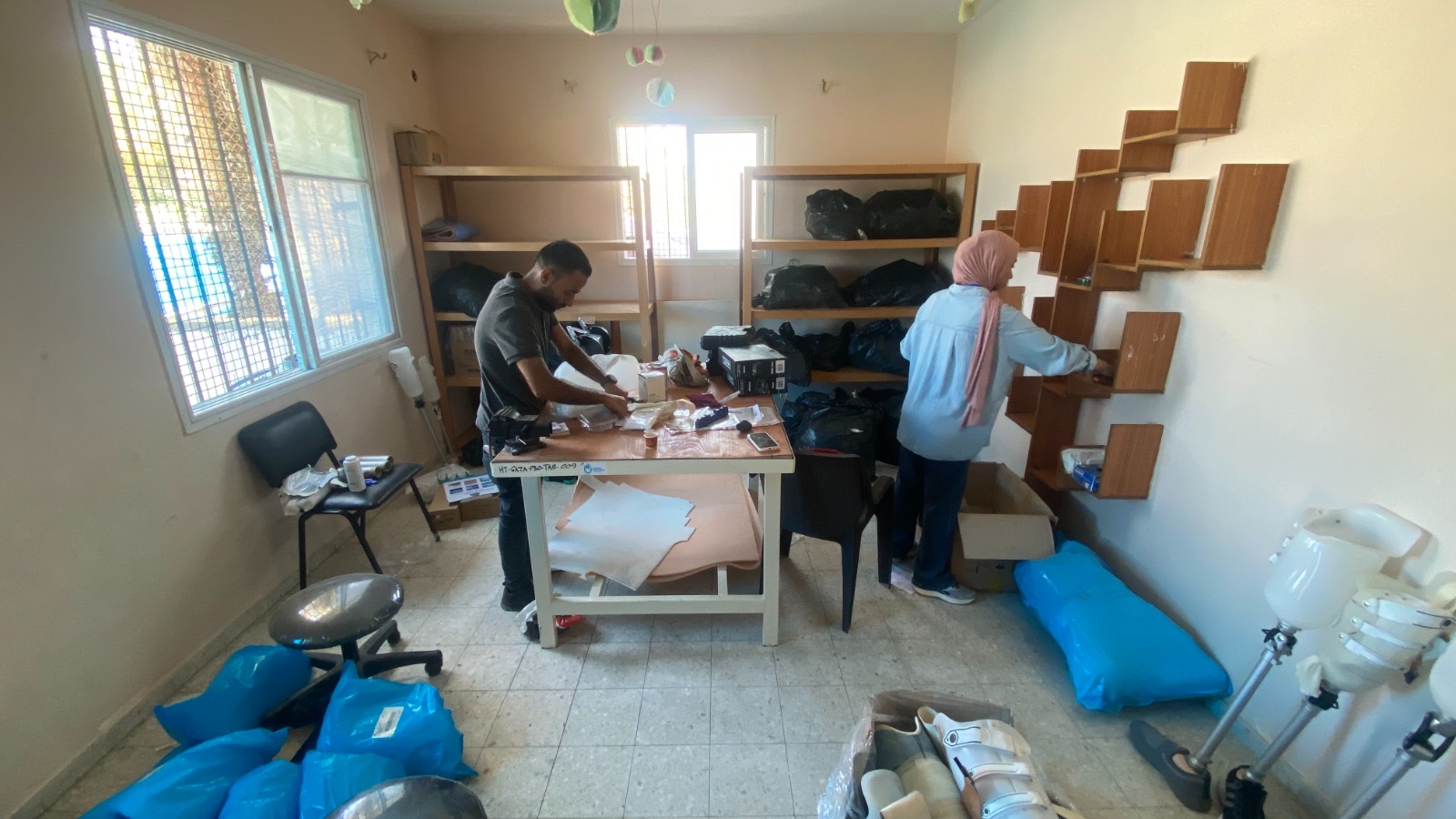
Gaza’s Amputees
At the Nahla Prosthetics & Orthotics Center in Gaza, staff wake up each day wondering if it’s safe to open before treating a handful of people in need of new limbs, adjustments, or psychosocial support. With famine declared in Gaza City and aid restricted, the center faces mounting shortages of materials and trained technicians. “Our colleagues call the situation a nightmare with no end,” says Zaid Amali, Humanity & Inclusion’s senior advocacy officer in Palestine.